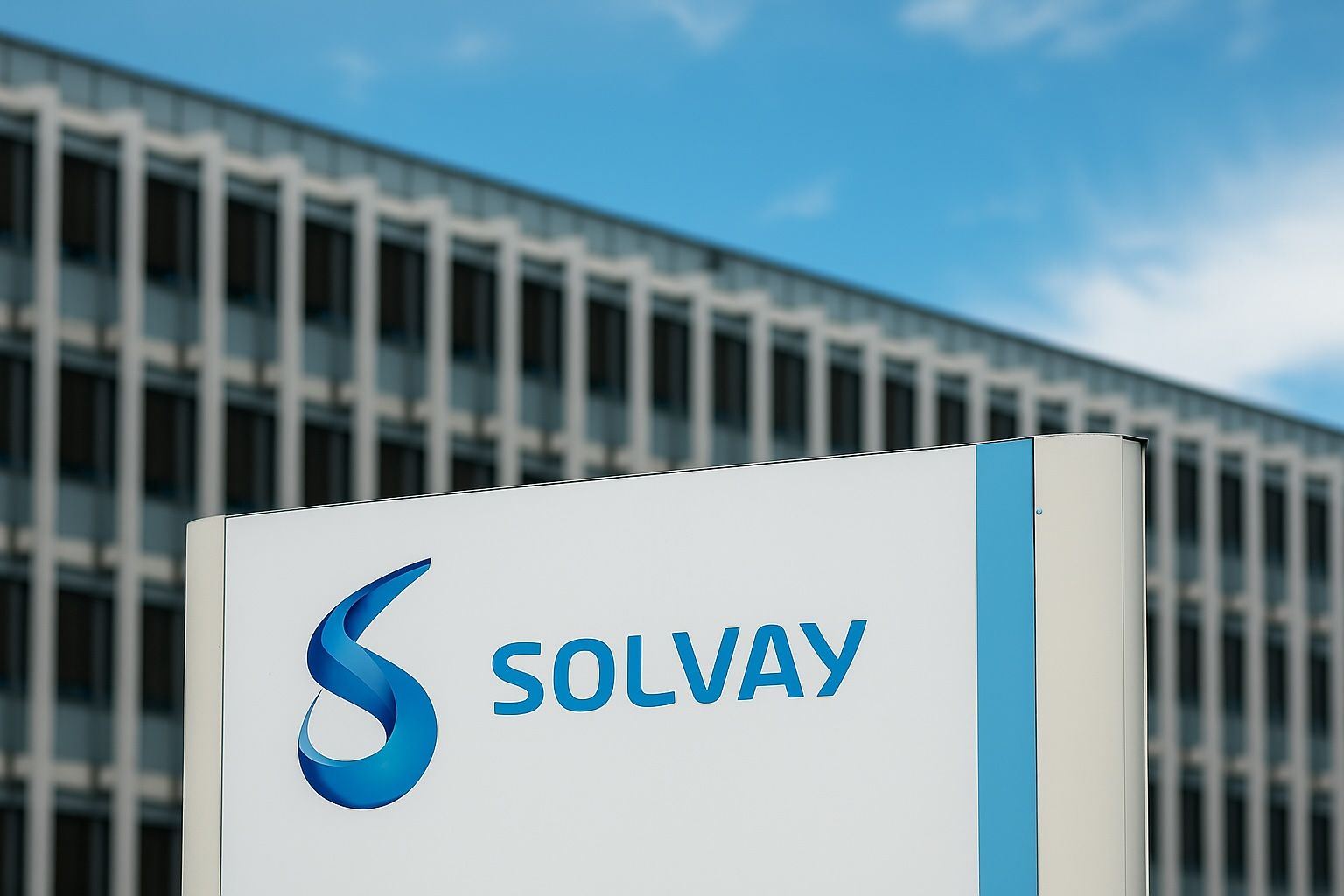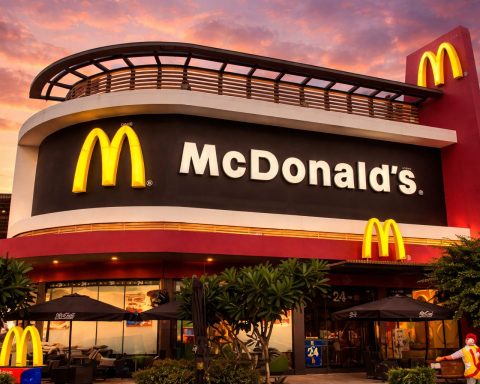Published: November 13, 2025
Belgium’s Solvay has signed two agreements to supply rare‑earth oxides to U.S. magnet makers Noveon Magnetics and Permag, a fresh sign that demand—and government backing—in North America is pulling new non‑Chinese supply into the market. The stock reacted on Thursday, rising about 3.4% to lead Belgium’s BEL 20 index. [1]
What happened
Solvay said the Noveon deal covers neodymium and praseodymium (NdPr) alongside the heavy rare earths dysprosium and terbium (DyTb)—key ingredients for high‑performance permanent magnets used in EVs, wind turbines and defense systems. A second agreement will see Solvay supply samarium oxide to Permag, which will be converted into samarium metal by U.K. specialist Less Common Metals. The company described the initial volumes as “limited” but emphasized that output at its La Rochelle, France, plant can scale quickly. Supplies of NdPr and samarium oxide are set to begin “very soon,” with DyTb following in 2026. [2]
Why it matters
The United States, the European Union and allies are racing to cut their reliance on China, which dominates processing of rare‑earth elements and magnet manufacturing. Long‑term offtake contracts like Solvay’s are a prerequisite for financing separation and magnet capacity outside China—hence the outsized role of industrial policy. [3]
Europe vs. the U.S.: The subsidy gap
Solvay’s chief executive Philippe Kehren said last week the company would consider building a rare‑earth separation plant in the United States because “support is stronger” there than in Europe—language that underscores Europe’s slower progress turning strategy into bankable incentives. The firm has yet to green‑light a €50–€100 million expansion at La Rochelle while talks with customers and governments continue. [4]
Brussels has announced the Critical Raw Materials Act and is developing a RESourceEU scheme that includes joint purchasing, stockpiling and faster investment in strategic projects. Those steps show intent, but industry decisions are still being swayed by where offtakes and subsidies are most concrete—currently the United States. [5]
Who are the partners?
Noveon Magnetics (Texas): A U.S. producer that began commercial sales of sintered NdFeB magnets in 2023. Noveon has also tied up with Australia’s Lynas to secure magnet supply for U.S. defense and commercial customers, highlighting a broader, U.S.‑anchored network forming around rare‑earth magnets. [6]
Permag (U.S.): Will source samarium oxide from Solvay, with Less Common Metals in the U.K. converting it to metal. Samarium‑cobalt magnets excel at high temperatures, a niche important to defense and nuclear applications. [7]
Market reaction today
On Thursday, Nov. 13, Solvay shares climbed roughly 3.4%, topping Belgium’s BEL 20, as investors welcomed proof of demand for non‑Chinese supply chains. Analysts at KBC Securities said the company is preparing for an additional €50–€100 million investment in rare‑earth capacity, contingent on long‑term commitments—consistent with management’s recent remarks. [8]
The big picture: Building a magnet ecosystem
Solvay is one of a small number of companies outside China with the expertise to separate rare‑earths at commercial scale. It started modest processing runs in April at La Rochelle and can accelerate with customer and government backing. These U.S. deals add visibility on the demand side and could help unlock larger capex—whether in France or, if incentives line up, in the United States. [9]
At the policy level, Europe is trying to narrow the gap with measures to diversify supply and expand processing and recycling at home. The EU’s planned RESourceEU approach—modeled on its energy‑security playbook—envisions joint purchasing and stockpiles to buffer supply shocks in magnets and other strategic inputs. The outcome of those initiatives will determine whether future contracts like Solvay’s land in Europe rather than across the Atlantic. [10]
What’s next
- Deliveries & ramp‑up: Solvay expects to begin NdPr and samarium oxide shipments soon; DyTb should follow during 2026. Watch for customer delivery milestones and throughput increases at La Rochelle. [11]
- Capex decisions: A final investment decision on expanding La Rochelle—or siting new capacity in the U.S.—will hinge on long‑term offtakes and subsidy packages. [12]
- Policy signals: Details on EU instruments (under the Critical Raw Materials Act and RESourceEU) will influence whether European projects can compete with U.S. programs that have already underwritten domestic magnet supply chains. [13]
- Ecosystem consolidation: Noveon’s separate partnership with Lynas suggests more cross‑company linking between miners, separators and magnet makers to meet defense and EV demand. [14]
Key facts (at a glance)
- Solvay signed two rare‑earth oxide supply deals: Noveon Magnetics (NdPr, Dy, Tb) and Permag (samarium oxide). [15]
- Initial volumes are limited; Solvay says it can scale production at La Rochelle, France, quickly; DyTb output targeted for 2026. [16]
- Shares up ~3.4% on Nov. 13, leading Belgium’s BEL 20 index. [17]
- CEO says U.S. incentives > Europe, and Solvay is open to a U.S. plant if support matches needs. [18]
- EU pushing Critical Raw Materials Act and a RESourceEU plan (joint buying, stockpiling), but execution speed remains the swing factor for new investment. [19]
Editorial note on sources (Nov. 13, 2025)
This report is based on Solvay’s deal announcements and management comments reported by Reuters (Nov. 12 and Nov. 6), a Reuters market update on Solvay’s shares (Nov. 13), and EU policy documents and statements on critical raw materials. Additional industry context on Noveon’s magnet partnerships comes from prior Reuters coverage. [20]
Tags: Solvay, rare earths, Noveon Magnetics, Permag, NdPr, Dy, Tb, samarium cobalt, La Rochelle, magnets, Critical Raw Materials Act, RESourceEU, Europe subsidies, U.S. industrial policy, supply chain, EVs, wind turbines, defense
References
1. www.reuters.com, 2. www.reuters.com, 3. www.reuters.com, 4. www.reuters.com, 5. single-market-economy.ec.europa.eu, 6. www.reuters.com, 7. www.reuters.com, 8. www.tradingview.com, 9. www.reuters.com, 10. www.reuters.com, 11. www.reuters.com, 12. www.reuters.com, 13. single-market-economy.ec.europa.eu, 14. www.reuters.com, 15. www.reuters.com, 16. www.reuters.com, 17. www.tradingview.com, 18. www.reuters.com, 19. single-market-economy.ec.europa.eu, 20. www.reuters.com







